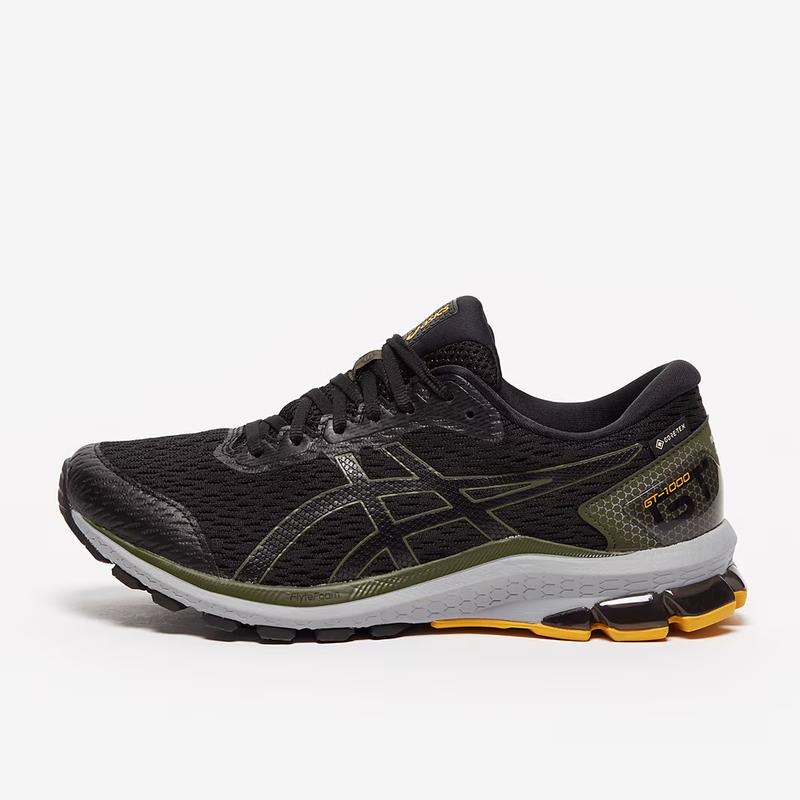Gear
I rotate between five pairs of running shoes. I have one daily trainer for regular runs, plus two faster shoes — a cushioned pair for tempo workouts (LT2 and slower) and long runs, and a lighter pair for speed work and intervals (vVO2Max and faster). Then there’s my race day shoe, and finally a minimalist shoe with no cushioning or heel drop that I use for easy days or when I feel especially strong or adventurous.
This is the current snapshot of my shoe rotation. It’s mostly based on the theory I describe in this guide: A Guide to Your First Pair of Running Shoes — and the Second One.
Daily trainer
For my daily trainer, I stick with the classics — Nike Pegasus or Mizuno Wave Rider, following the guide. I just grab whichever looks nicer or feels more comfortable that season, since the brands always tweak things a little anyway.
This season it’s the Mizuno Wave Rider 29. The look alone made it a no-brainer, and they’re comfy as hell too.
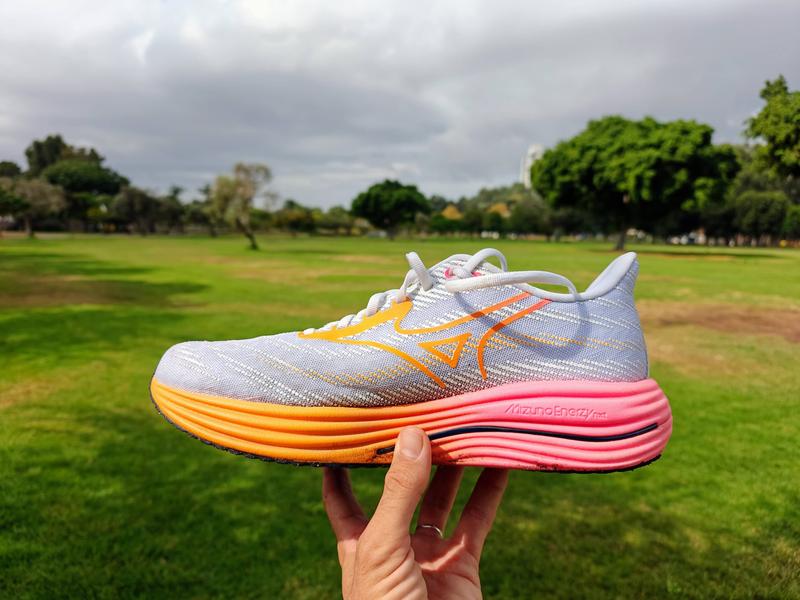
Quality sessions
High-cushioned
The high-cushioned speed category should theoretically be for supertrainers. These are non-carbon racers — modern foam and stiffeners, but simpler, more durable, longer-lasting, and with a slightly more comfortable upper material. The Saucony Endorphin Speed used to be the standard in this category. I went through two versions of the Endorphin Speed, but they didn’t work for me — I couldn’t feel any cushioning at all, and they felt way too narrow.
This season I’m trying the Mizuno Neo Vista 2. If I overlook the knit upper, which I usually avoid, these are the most fun shoes I’ve ever had.
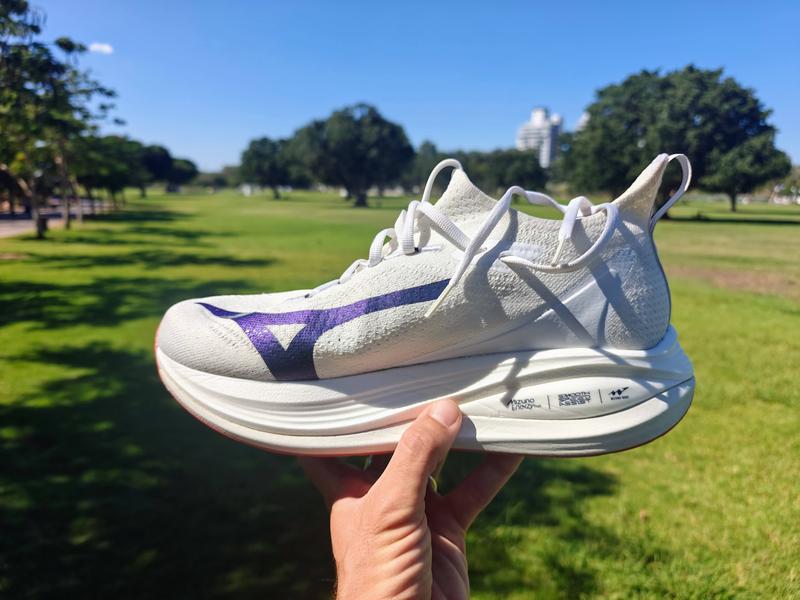
Low-cushioned
For the low-cushioned speed category, I want a small drop around 4mm, light weight, and excellent ground feel. This used to be the Saucony Kinvara (too narrow for my taste) or Asics Noosa Tri (perfect). But now it’s hard to find anything in this category — both the Kinvara and Noosa are following the high-cushion trend and adding stack height. Hopefully the pendulum swings back soon.
If I had the chance, I’d try the Topo Cyclone 3, but since I don’t, I’m sticking with my familiar Asics Noosa Tri 15.
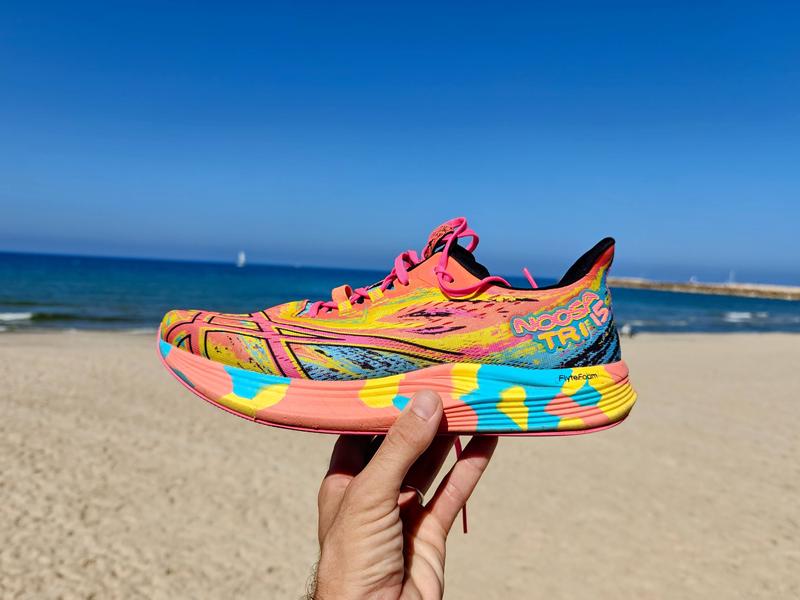
Racing day
When I run my first sub-2:42 marathon, I’ll definitely buy myself the best super-shoes available that day. But since I’m not exactly reaching for the stars yet, super-shoes from two seasons ago work perfectly fine for me. They’re good-looking, light, and comfortable.
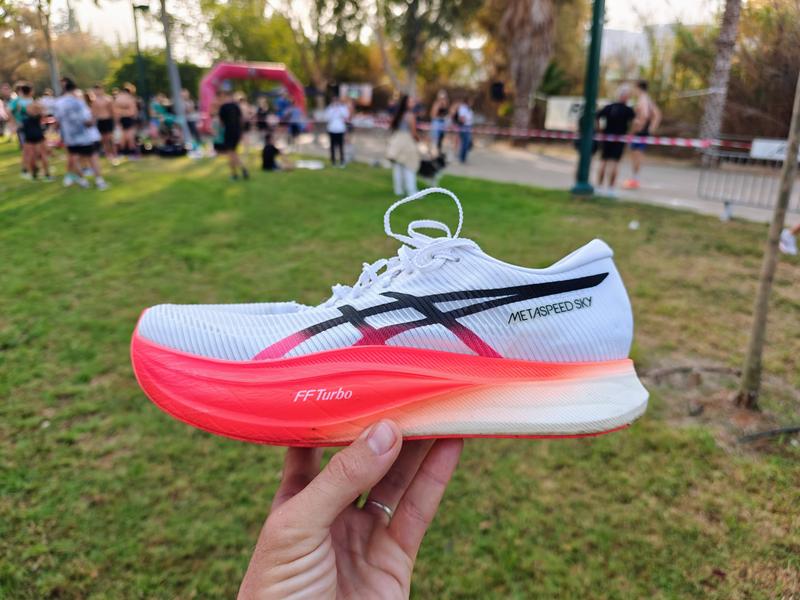
Alternative daily trainers
In the alternative daily trainers category, there’s a minimalist shoe, a shoe with protection from wind and mud, and various other shoes that haven’t found a proper place in the rotation.
Minimalist shoe
As a minimalist shoe, I’m using the Altra Escalante 3 this season. They’re kind of perfect: good upper, very roomy toe box, light weight, excellent ground feel, and they look amazing. Since I’m not using them for the foam, I’m hoping I don’t have to retire them after 1000km and can keep wearing them until they fall apart, because the Escalante 4 are all ugly.
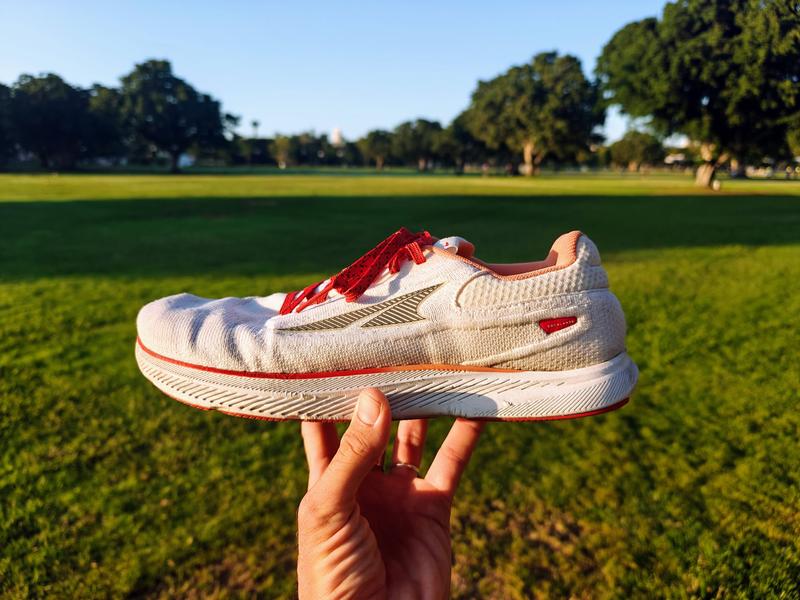
A miles eater
I was hoping the Brooks Glycerin Max would be kind of high-cushioned speed shoes. I expected to get what I got from the Neo Vista or what everyone loves about the Asics Superblast. Instead, I got a huge disappointment. They’re super heavy, give zero energy return, and every landing feels like hitting a thick slab of rubber. Like running in shackles. They remind me of the Saucony Hurricane 23 I used to wear. I only put on the Glycerin Max for one reason — because I paid for them and feel obligated to get my 1000km out of them. Only on days when I have too much energy in my legs.
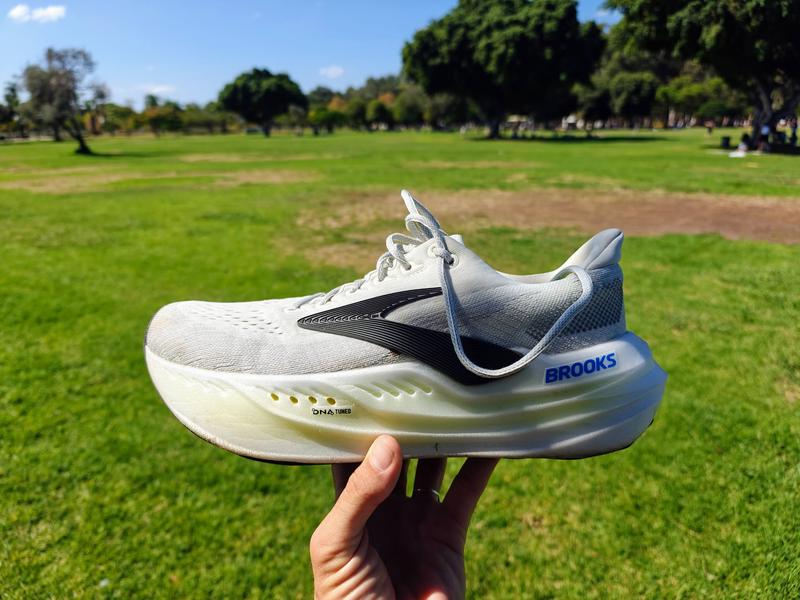
Shitty weather beater
Everyone needs a pair of shitty weather beaters for heavy rain and ankle-deep muddy puddles. Preferably black, for obvious reasons. The Nike Pegasus Shield were the perfect example of this genre. These days I don’t have many occasions to wear them — the right weather just doesn’t happen. So these shoes are already five years old but only have 130km on them. But you never know, the opportunity might come up.
